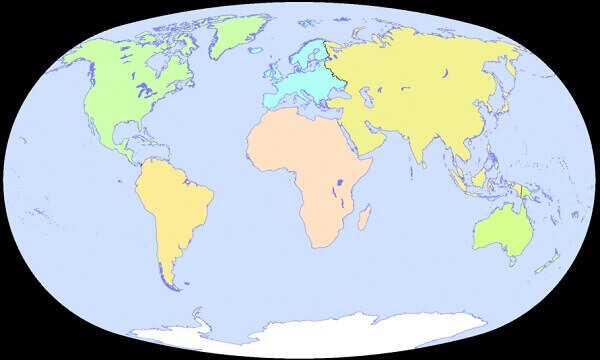Activity 1: Recite the Story Information
- Before and after reading or listening to the story, recite aloud the title and author of the play.
Activity 2: Narrate the Story
- After reading or listening to the story, narrate the events aloud in your own words.
Activity 3: See the Playwright and Poet William Shakespeare
- Study the controversial 'Cobbe portrait' below, which may be a real-life portrait of Shakespeare.
- The portrait contains the Latin phrase 'Principum amicitias!' which means 'The alliances of princes!'
Activity 4: Map the Play
- Parts of the play take place in Padua, Italy.
- Find Padua (Padova), just west of Venice, on the map of Italy.
- Find the location of Padua on the map of Europe.
- Point to the location of Italy on the map of the world.
Activity 5: Can You Find It?
During the week, zoom in to study the painting, 'Scene from Shakespeare's 'The Taming of the Shrew' (Katharina and Petruchio),' by Washington Allston. This scene shows Petruchio threatening the tailor, who has just made a new dress for Katharine. Petruchio claims the dress is not good enough and is about to destroy it. Find the following:
- The Shrew
- Katharine
- Petruchio (in red hat)
- Tailor (holding his head)
- Dress About to be Destroyed
- Measuring String
- Scissors
- Gold Urn and Bowl
- Small Statue
- Mountain
- City
Activity 6: Build the Sets

- Color, cut out, and laminate the set items on pages 120-121 of 'Third Grade Shakespeare Theater Pages.'
- Set up the scenes in your theater.
Activity 7: Study the Order of Events

- Print and cut out Group A of events on page 122 of 'Third Grade Shakespeare Theater Pages.'
- Using what you know from reading the story, arrange the events in the correct order.
- Glue the group of ordered events to a piece of construction paper.
- Repeat for groups B-C on pages 123-124 of 'Third Grade Shakespeare Theater Pages.'
- Keep these event orderings for the next activity.
Activity 8: Act Out the Events
- Use the event orderings from the prior activity, the theater, the laminated characters, and the sets, to act out each group of events.
- The instructor reads aloud events from group A.
- Children build the appropriate set, add necessary characters, and act out the event, moving the characters and inventing their own dialog.
- Repeat for groups B-C.
 Beautiful Stories from Shakespeare I
Stories from Shakespeare I
Beautiful Stories from Shakespeare I
Stories from Shakespeare I



 Beautiful Stories from Shakespeare I
Stories from Shakespeare I
Beautiful Stories from Shakespeare I
Stories from Shakespeare I






